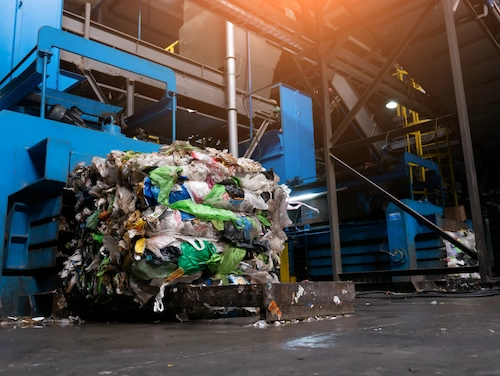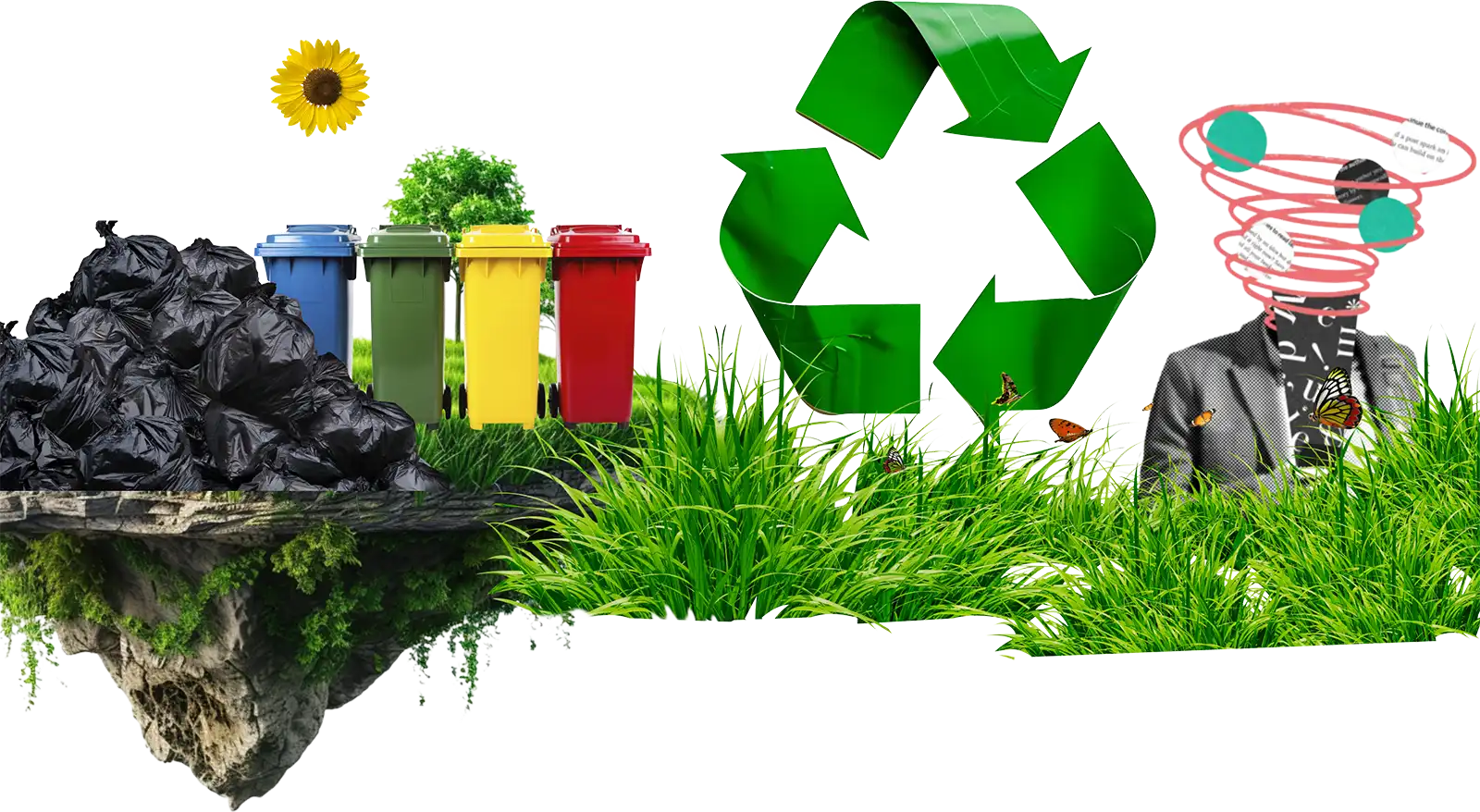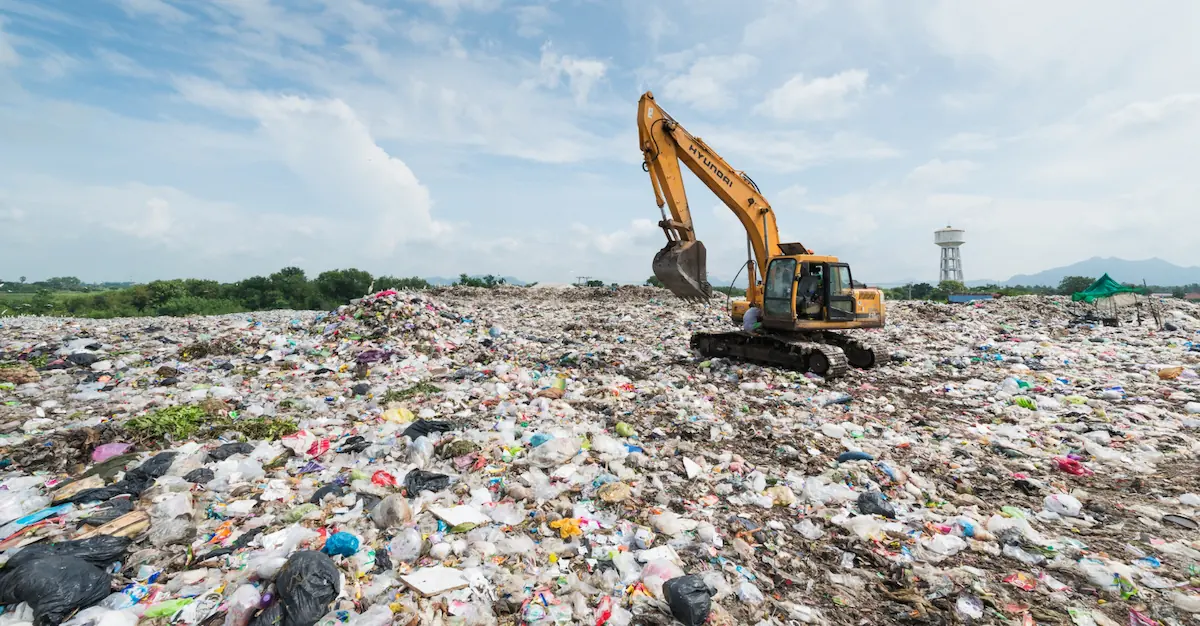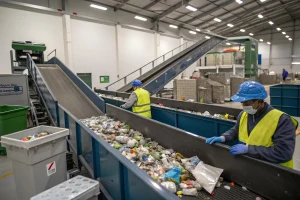Table of Contents
As time goes by, Earth’s population continues to grow, thereby increasing the total amount of waste produced. To prevent further environmental pollution, proper waste management is necessary, including waste disposal.
Waste disposal is the process of managing all types of waste, from solid waste, liquid waste, to hazardous waste. For more information, read this article to the end!
What Is Waste Disposal?

Waste disposal is the process of disposing of, recycling, and destroying waste, whether industrial, household, or agricultural. Waste disposal methods include the collection, distribution, and management of waste according to its type and applicable regulations.
So, why is waste disposal important? The purpose of waste disposal is to reduce pollution and the spread of chemicals that can damage the environment.
Furthermore, according to the National Research and Innovation Agency (BRIN), about 11.3 million tons of waste in Indonesia were not properly managed in 2024, showing the urgent need for better waste management.
In addition, improper waste management can also harm the environment and endanger human health and other living creatures. Companies that do not properly manage their waste or residues in accordance with regulations can also be fined.
From a company’s perspective, waste disposal can be a form of corporate social responsibility (CSR) while also a tool to improve the company’s reputation.
Another reason why waste disposal is essential is that waste must be handled safely. Non-hazardous waste, such as paper, wood, and fabric, will be collected in municipal solid waste (MSW) or sanitary landfills. As a result, waste disposal does not have the potential to pollute the environment.
Furthermore, waste disposal is considered crucial because each type of waste requires its own specific method. The waste collected in MSW or waste disposal sites (TPS) consists of many kinds, but not all of them can be treated in the same way.
In fact, burning waste without sorting it first can harm the body due to toxic fumes. Furthermore, doing it carelessly can also pollute the soil and groundwater.
That is why waste disposal plays a vital role in safe and environmentally friendly waste management.
Read also: 3 Ways to Turn Clothes Waste Into Useful!
Types of Waste Disposal

Several waste disposal methods are often used to treat waste, such as open dumpsite, incineration, sanitary landfill, biogas production, composting, and vermicomposting. The explanation of each waste disposal method is as follows:
1. Open Dumpsite
An open dumpsite is a designated area for collecting waste to facilitate its management later on.
Although it is the easiest method of waste disposal, open dumpsites are highly risky in polluting the environment and endangering the people who live nearby.
Contaminants from waste will mix with rainwater to create leachate. This water then sinks into the ground and mixes with groundwater. The problem is that leachate may contain hazardous chemicals, such as mercury and pesticides, which are dangerous if consumed by humans.
2. Incineration
Incineration is the process of burning waste, which can also be used to generate electricity. The combustion process heats water so that the steam can be converted into electricity.
Incineration can reduce waste by up to 85%. However, this process is quite expensive and produces smoke that can pollute the air.
The smoke from burning waste may contain nitrogen oxides, methane, heavy metals, and other chemicals. That is why not all waste can be incinerated in a combustion chamber.
To reduce the negative impact on the environment, various technologies have been developed to “clean” the smoke before it is emitted into the air. Even so, the smoke may still contain contaminants, although not as much as before the cleaning.
3. Sanitary Landfill

A sanitary landfill is a place for burying final waste from previous processing, such as recycling. This waste has reached the end of its use value and can no longer be utilized, so it must be disposed of.
The process of burying waste in a sanitary landfill reduces the risk of leachate flowing into the ground. Instead, leachate is channeled into a leachate management system. Landfilling until it is compacted also slows down decomposition and the formation of methane.
The systematic waste dump in a sanitary landfill uses a layering system, where waste is dumped and piled with soil before new waste is added. Then, the leachate created from the waste pile will be processed in a leachate treatment facility.
Once the sanitary landfill is full, the pit will be sealed tightly and permanently to prevent contamination and seepage.
Read also: 7 Inorganic Waste Management Ideas, From Simple to Complex
4. Biogas Production
The following method is biogas production. It is carried out on decomposable waste, such as food waste, animal carcasses, fruit and vegetable scraps, organic urban waste, and organic industrial waste.
This waste will undergo decomposition by waste-decomposing bacteria, which then produce methane and carbon dioxide gases. These gases will become the raw material for biogas, which serves as an alternative fuel.
5. Vermicomposting
Vermicomposting is a waste disposal method for organic waste that utilizes worms, such as earthworms, white worms, or red wigglers. These worms will break down organic waste into a good source of nutrients for the soil.
That is why vermicomposting waste can also be used as liquid fertilizer or mixed with soil for planting crops.
6. Composting
Composting is a type of waste disposal that Warga Asri can easily do at home. The method involves burying organic waste, such as tree branches, fruit, and vegetables, in a designated pit.
Then, bacteria and other microorganisms will break it down into nutrients for the soil. Not only that, but the composting process is also believed to increase soil water retention capacity.
That is all about waste disposal that you can take notes on. Waste disposal is a method to process waste properly so that it does not potentially pollute the environment. In addition, waste disposal also aims to reduce the amount of waste that continues to increase along with a growing population.
Well, you can participate as a Warga Asri to reduce waste and its negative impact on the environment.
With Indonesia Asri, you can participate in various #AksiAsri, including Operasi Semut (Operation Ant), which encourages you to sort waste before disposing of it. Not only are there environmentally friendly programs, but you can also participate in impactful yet straightforward challenges and receive attractive merchandise.
Let’s contribute our best for the Earth and sign up now!
Read also: 8 Ways of Organic Waste Management, Easy and Eco-Friendly!










